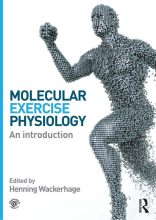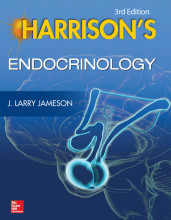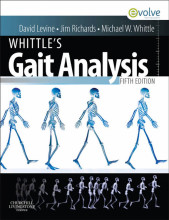Summary: Molecular Exercise Physiology An Introduction | 9781136477027 | Henning Wackerhage
- This + 400k other summaries
- A unique study and practice tool
- Never study anything twice again
- Get the grades you hope for
- 100% sure, 100% understanding
Read the summary and the most important questions on Molecular Exercise Physiology An Introduction | 9781136477027 | Henning Wackerhage
-
1 Introduction to molecular exercise physiology
This is a preview. There are 3 more flashcards available for chapter 1
Show more cards here -
What is the main goal of molecular exercise physiology?
The main goal is to study exercise physiology by the means of molecular biology. -
Who are the founders of the discipline molecular exercise physiology?
Frank W Booth and Claude Bouchard. -
Which skills does a molecular exercise physiologist need?
- measuring skills
- production skills
- skills with a microscope
-
Which kinds of analyses does a MEP conduct on muscle tissues in most cases?
A biochemical analysis and a histochemical analysis. -
How do MEP view life?
They view life as a function of molecules. -
What does 'Western Blotting' stand for?
Western blotting is a methode to seperating proteins in an elektrical field followed by detection with antibodies. -
What effect does the knockout of the myostatin gene has on muscles?
Knocking out the myostatin gene resulted in a pronounced muslce hypertrophia. -
By which atom are slow and fast twitch fibers regulated?
They are regulated by Calcium. -
Which two reseach fields are at the heart of molecular exercise physiology?
- molecular genetics
- analysis of signal transduction mechanisms responsible for adaptation to exercise
-
What is 'wet laboratory research'?
Research done on samples of organisms.
- Higher grades + faster learning
- Never study anything twice
- 100% sure, 100% understanding

































